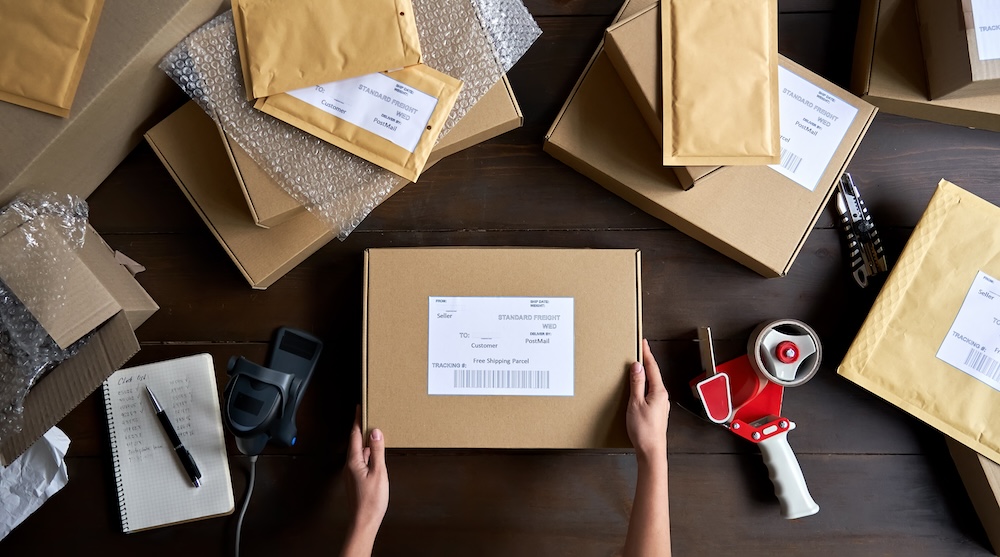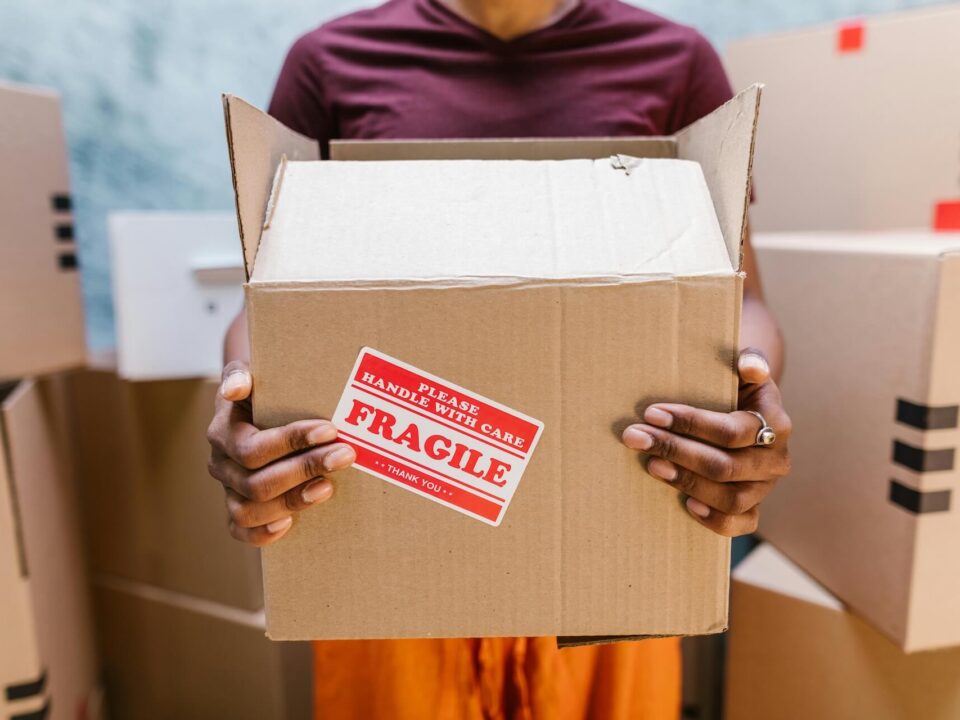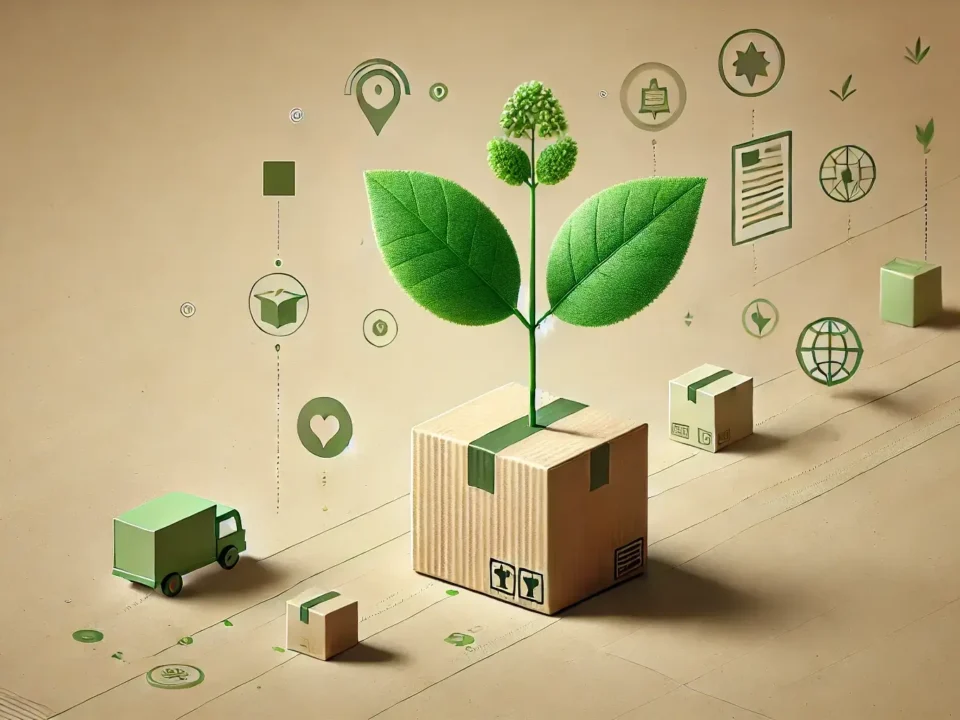
The Ultimate Comfort Guide: How to Choose the Best Toilet Paper
January 15, 2024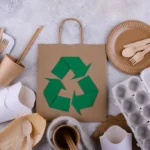
Which Food Packaging is Recyclable?
January 16, 2024Product packaging in e-commerce is extremely important and shouldn't be disregarded by business owners. Although some could contend that the product itself is the main concern, the truth is that packaging significantly influences consumers' purchasing decisions.
It conveys crucial details about the company, the brand, the advantages of the product, the cost, and the level of quality. In the intensely competitive e-commerce business, the packaging is even seen as being equally significant to the product itself.
The 4 Reasons Why Packaging is important In Ecommerce
Packaging is vital in e-commerce, serving purposes beyond product containment. The key reasons for its importance are: product protection, customer relationship building, impression creation, and brand value promotion.
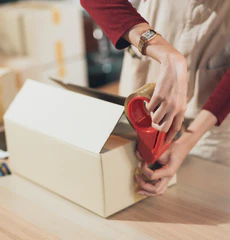
- Product Protection: Packaging safeguards products during transportation, handling, and storage, using sturdy materials to minimise the risk of damage and ensure safe delivery.
- Customer Relationship Building: Effective packaging design leaves a lasting impression, fostering customer loyalty and justifying premium prices. It influences customer perception and interaction with everyday items.
- Impression Creation and Brand Identity: Packaging establishes a memorable first impression and brand identity, maintaining consistency and displaying important information to enhance brand equity.
- Brand Value Promotion: Packaging serves as a marketing tool in the e-commerce era, influencing customer perception and driving brand choice. Remarkable packaging design establishes a strong brand presence and creates a competitive edge.
What are the different types of ecommerce packaging?
Ecommerce packaging material comes in various types to cater to different product sizes, shapes, and shipping requirements. Here are some of the most common product packaging examples:

- Parcel Boxes: Go-to option for shipping products, available in various sizes for different dimensions. Provides protection and security during transit.
- Tapes: Essential for securing packages during shipping. Options include polypropylene or PVC tapes for sealing boxes, custom printed tapes for branding, and eco-friendly Kraft paper tape. Coloured tapes add creativity and differentiation.
- Bubble Envelope: Lightweight cushioned envelopes with bubble wrap lining for protecting small or delicate items like jewellery and accessories during transit.
- Bubble Wrap: Versatile plastic packaging material with air-filled bubbles. It provides superior cushioning and protection for delicate things and is available in a range of widths and bubble sizes. Can be used to wrap or line boxes.
- Kraft Bag: Environmentally friendly packaging made from recycled or biodegradable materials. Suitable for more compact goods like jewellery and cosmetics. Lightweight, adaptable, and simple to use.
- Kraft Packaging Paper: Adaptable choice for packaging goods or filling voids in boxes. Adds an extra layer of protection, prevents shifting during transit, and provides a neat appearance. Recyclable and reusable.
How Packaging Can Add Value to Your Products
Packaging enhances product value by enriching customer experiences, providing valuable information, protecting products, offering versatility for repurposing, conveying high value through elegant design, and serving as a medium for self-expression and art. Let's explore these aspects in detail.
- Enrich Customer Experiences: Well-designed packaging creates memorable experiences by engaging customers' senses and aligning with brand aesthetics.
- Offer Reliable and Helpful Information: Clear labelling provides essential details such as specifications, instructions, ingredients, and warnings, building trust and aiding informed purchasing decisions.
- Protect Your Product: Packaging ensures products remain intact during storage, transportation, and handling, reducing damage and customer dissatisfaction.
- Be Reused for Other Purposes: Packaging designed for reuse adds practical value, allowing customers to repurpose it as storage, gift boxes, or organisers, promoting sustainability.
- Communicate High Value with Elegant Design Elements: Premium materials, embossing, foiling, or unique structures convey a sense of luxury and justify premium pricing.
- Serve as Self-Expression or Art: Creative packaging designs capture attention, evoke emotions, and establish a memorable brand identity, particularly for niche or artisanal products.
How do you choose which packaging to use?
Selecting the proper product packaging for your products is crucial and requires taking into account a number of criteria.
- Budget: Determine your budget to guide your material choices and design creativity. Consider cost-effective options like food-grade cardboard or recyclable plastics while balancing production costs and visual appeal.
- Transportation: Ensure your packaging design can withstand transportation without damage. Evaluate the strength requirements based on your product's nature, especially for fragile, bulky, or uniquely shaped items. Choose materials that provide adequate protection and consider superior print finishes for long shelf-life products.
- Materials and Sustainability: Choose packaging materials that are consistent with the sustainability objectives and brand values. Opt for lightweight and recyclable flexible films like shrink films for excellent printing and cost-effective shipping. Explore environmentally friendly options like carded packaging for items requiring visibility or hanging displays.
- Size: Streamline packaging dimensions to save money and maintain uniformity throughout your whole product line. Design efficient and cost-effective solutions by creatively considering dimensions and design.
- Design and Branding: Keep your target audience in mind when considering budget, transportation, materials, and package design. Align your design with your brand message and maintain consistency. Conduct market research to understand audience preferences and tailor packaging to meet their specific requirements and preferences. Avoid disconnection between materials, design, and brand identity to build consumer trust.
How can you take advantage of e-commerce packaging?
Businesses have a special chance to leave a lasting impression on customers and improve the customer experience with their brand through ecommerce packaging. Here are some benefits of using e-commerce packaging:

- Make Relevant Ecommerce Packaging: Align packaging with your brand image and target audience. Choose materials, colours, and designs that appeal to them, such as sustainable options for environmentally conscious consumers.
- Utilise Market Research: Conduct in-depth analysis to comprehend client preferences, requirements, and expectations. Design packaging that resonates with them, incorporating personalised messages, branded packaging, or unique unboxing experiences.
- Lower Postage Costs: Optimise packaging size and materials to reduce weight and dimensions, minimising shipping expenses while ensuring sufficient product protection during transit.
- Stay Aware of Competition: Keep up-to-date with competitors' packaging strategies. Identify gaps and differentiate your brand through innovative solutions like unique designs, eco-friendly materials, or value-added features.
- Clear Typography: Use legible typography on packaging for easy reading of important information like product details, branding, and instructions. Enhance the customer experience and reinforce brand identity.
- Prioritise Practicality: While aesthetics are important, ensure packaging is sturdy, secure, and easy to handle. Consider features like easy-open tabs or resealable closures for customer convenience.
- Optimal Product Protection: Invest in packaging materials that offer optimal protection during shipping, such as bubble wrap, foam inserts, or custom-fit boxes. Ensuring products arrive in perfect condition enhances customer satisfaction and reduces returns.
The Future of E-commerce Packaging: Exploring Orange Packaging UK Innovations
Orange Packaging UK is driving the future of e-commerce packing through innovative solutions that cater to the unique needs of businesses in the digital age. With a focus on marketing, retail packaging, trademark product packaging, b to b packaging solutions, and e-commerce-specific innovations, Orange Packaging, product packing UK, is transforming the way products are packaged, shipped, and experienced by customers.
As the e-commerce landscape continues to evolve, businesses can rely on Orange Packaging UK to provide cutting-edge solutions that enhance their brand, engage customers, and ensure success in the ever-growing digital marketplace.
Final Thoughts
In conclusion, product packaging e-commerce is a critical element in the digital age for big or small business product packaging. It serves multiple purposes, including product protection, customer relationship building, impression creation, and brand value promotion.
By choosing the right packaging options, businesses can enhance their brand experience, differentiate themselves from competitors, and add value to their products. E-commerce packaging offers unique opportunities to make a lasting impression on customers and drive success in the highly competitive online marketplace.
Frequently Asked Questions
Why is packaging important for e commerce?
Packaging is crucial in e-commerce as it sets your products apart, protects them during shipping, showcases your brand's quality, and boosts customer satisfaction.
What is the main importance of packaging?
The primary importance of packaging is to ensure the protection of the product inside.
What is packaging in ecommerce?
When it comes to what is ecommerce packaging, E-commerce packaging meaning involves securely packaging products during transportation from the warehouse to the customer.
What is the 5 importance of packaging?
Packaging plays a vital role in providing protection, ensuring safety, enhancing usability, creating attractive aesthetics, and optimising design.
What are the 4 purposes of packaging?
Packaging serves four main purposes: containment, protection, convenience, and communication.
What are the 3 purposes of packaging
The three main purposes of packaging are containment, protection, and communication.
What are the benefits of packaging in marketing?
Differentiation from competition, higher product appeal, improved marketing strategy, brand identity development, improved customer experience, product security, and cost savings are just a few benefits of product packaging in marketing.
What are the features of good packaging?
Good packaging of products exhibits attractive aesthetics, provides informative details, offers convenience, ensures product protection, demonstrates cost-effectiveness, and promotes environmental friendliness.
What is a packaging strategy?
A packaging strategy is a planned method to attain particular goals, such as waste reduction or increased efficiency, in order to advertise items to customers in an efficient manner.
How do you create product packaging?
Understanding package layers, choosing the appropriate type, establishing an information structure, assessing design options, getting feedback, and getting crucial files from your designer are all necessary for creating product packaging.
Why product packaging matters in the e-commerce?
Ecommerce product packaging of your items is essential because it makes them stand out from those of your rivals and protects them throughout shipment and delivery.
Why is packaging important in marketing?
Packaging plays a crucial role in marketing by distinguishing your brand from competitors.
What are the trends for eCommerce packaging 2023?
2023's eCommerce packaging trends: sustainability, minimalism, personalised branding, tech-integrated smart packaging, and multi-purpose options.
What are inserts in packaging?
Before sending orders to clients, you may add more goods to your packing by using product packaging inserts.
What is the difference between ecommerce and standard packaging?
When it comes to ecommerce packaging vs standard, Ecommerce packaging is used primarily by retailers that sell items from other companies out of their warehouses, whereas standard packaging refers to common packing techniques.







